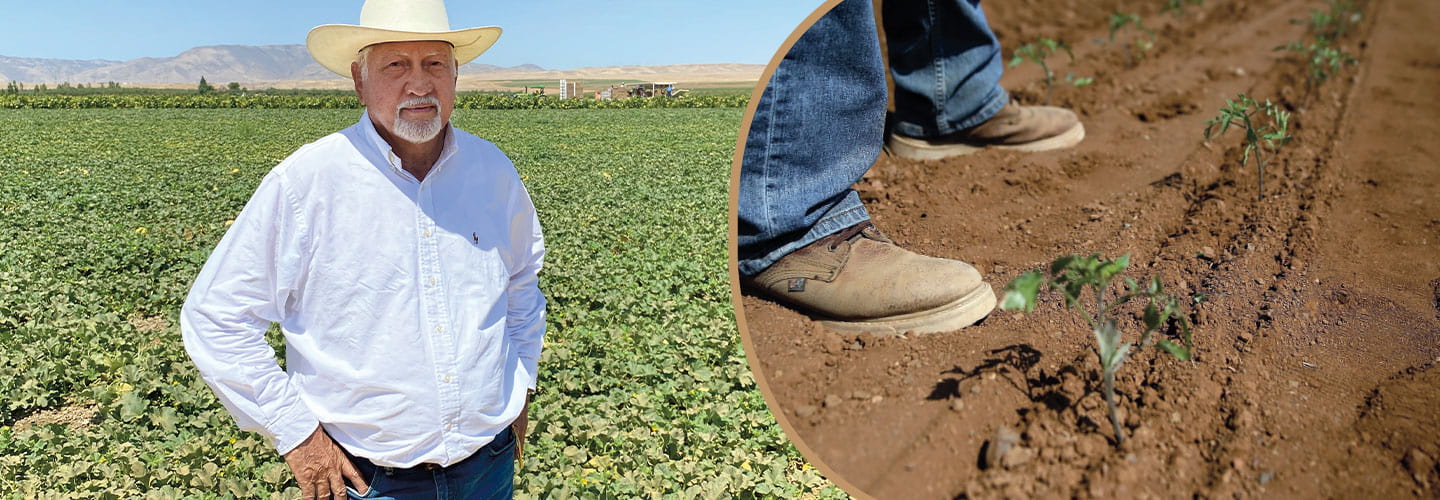Farming has always been a part of Joe Del Bosque’s life. His parents worked on farms in California in the 1950s. During school breaks, Del Bosque would help out.
“By the time I was 10, I was on a tractor, working in the field,” Del Bosque, 72, recalls.
In 1985, he opened his own farm in Firebaugh, California. He started out growing melons, like his father once did.
Over the years, Del Bosque added more crops, like almonds and tomatoes, and had as many as 1,000 farmworkers. Today, his farm stretches out over 2,000 acres, the size of more than 1,500 football fields.
But in 2021, Del Bosque was forced to destroy 105 acres of asparagus crops in order to have enough water for melons. This year, he’ll have to leave at least one-third of his land unplanted.
Del Bosque is not alone. The Western U.S. is in the midst of a drought that started in 2020. A drought is a long period with little or no rainfall or snowfall that leads to a shortage of water.
“We depend on Mother Nature to a great degree,” says Del Bosque. “It’s a tough situation.”
Farming has always been a part of Joe Del Bosque’s life. His parents worked on farms in California in the 1950s. During school breaks, Del Bosque would help out.
“By the time I was 10, I was on a tractor, working in the field,” Del Bosque, 72, recalls.
In 1985, he opened his own farm in Firebaugh, California. He started out growing melons, like his father once did.
Over the years, Del Bosque added more crops, like almonds and tomatoes. He had as many as 1,000 workers. Today, his farm stretches out over 2,000 acres. It’s the size of more than 1,500 football fields.
But in 2021, Del Bosque was forced to destroy 105 acres of asparagus crops. He had to do that to have enough water for melons. This year, he’ll have to leave at least one-third of his land unplanted.
Del Bosque is not alone. The Western U.S. is in the midst of a drought that started in 2020. A drought is a long period with little or no rainfall or snowfall. It leads to a shortage of water.
“We depend on Mother Nature to a great degree,” says Del Bosque. “It’s a tough situation.”

